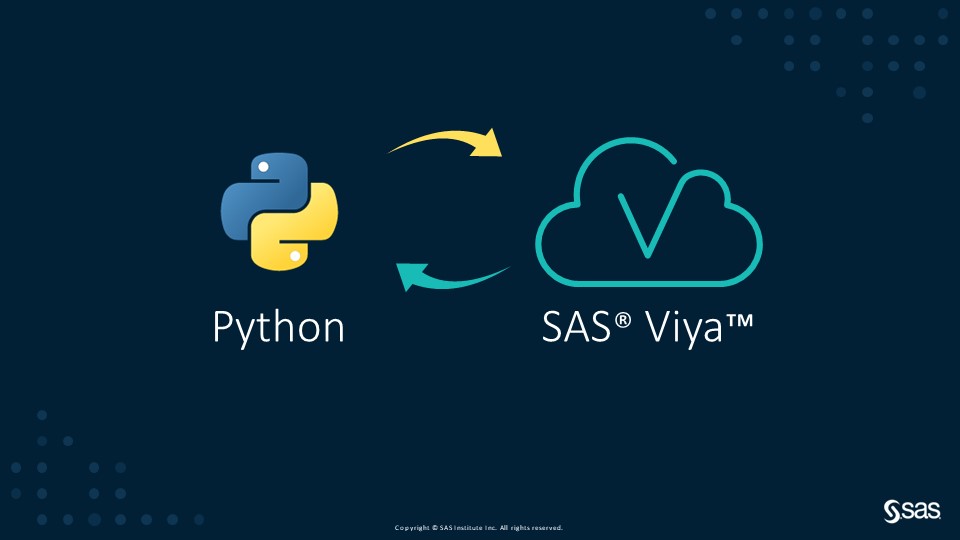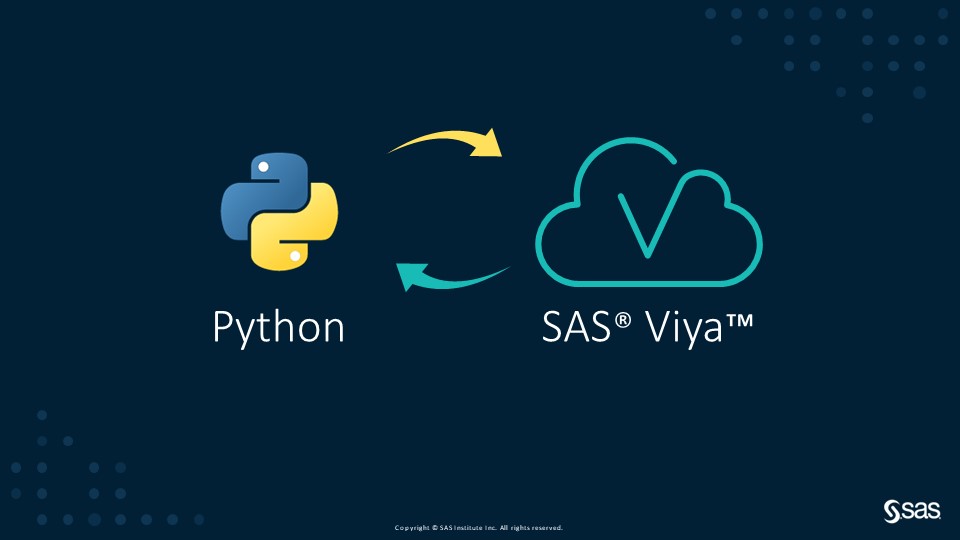
Fitting a Gradient Boosting Model - Learn how to fit a gradient boosting model and use your model to score new data In Part 6, Part 7, and Part 9 of this series, we fit a logistic regression, decision tree and random forest model to the Home Equity data we




